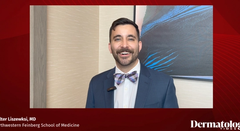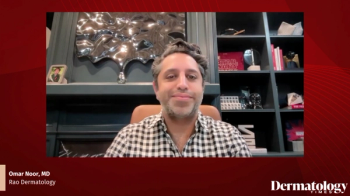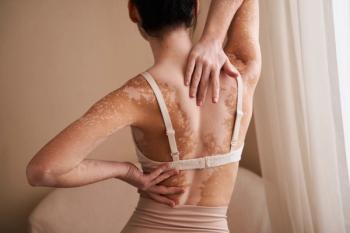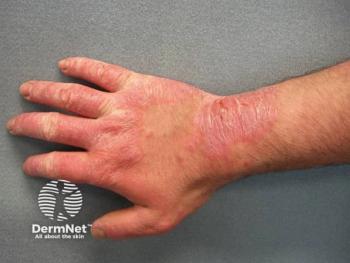
Understanding the Topical Treatment Path for Pediatric Atopic Dermatitis
Tina Bhutani, MD, MAS, highlights emerging topical treatments for pediatric atopic dermatitis, emphasizing improved adherence in younger children, the potential impact of ruxolitinib FDA approval for ages 2 and up, and the promise of ongoing trials in infants under 2 years.
Episodes in this series

Tina Bhutani, MD, MAS, CEO of Synergy Dermatology and associate clinical professor at the University of California, San Francisco, discussed the evolving landscape of pediatric atopic dermatitis (AD) treatment, with a focus on the role of topical therapies and the considerations for systemic escalation.
Bhutani noted that topical treatments tend to be particularly effective in younger pediatric patients, largely due to parental involvement in medication application. She emphasized that treatment success with topicals is often directly tied to adherence, which tends to be higher when caregivers are consistent and engaged.
When considering a transition to systemic therapy, Bhutani looks beyond visible disease severity. While persistent itch and ongoing skin inflammation despite topical use are key indicators, she also pays close attention to quality-of-life metrics. Sleep disruption—both for the child and their family—is a strong driver in the decision-making process. Additional red flags include impaired growth or signs of poor nutrition, which may signal the broader systemic impact of uncontrolled disease.
The expected FDA approval of ruxolitinib cream (Opzelura; Incyte) for children aged 2 and up is, according to Bhutani, a welcome development. Currently, tapinarof (Vtama; Organon) is the only non-steroidal topical approved for that age group. The addition of ruxolitinib would expand treatment options for the often-underserved population of patients between the ages of 2 and 6. Bhutani sees this as a much-needed advance, particularly as few systemic options are available for these younger patients.
Bhutani also expressed enthusiasm about ongoing clinical trials for roflumilast (Zoryve; Arcutis Biotherapeutics) and tapinarof in infants under 2 years of age. These studies, if successful, could further broaden the treatment landscape and provide critical new options for the youngest and most vulnerable patients with AD.
Newsletter
Like what you’re reading? Subscribe to Dermatology Times for weekly updates on therapies, innovations, and real-world practice tips.






















